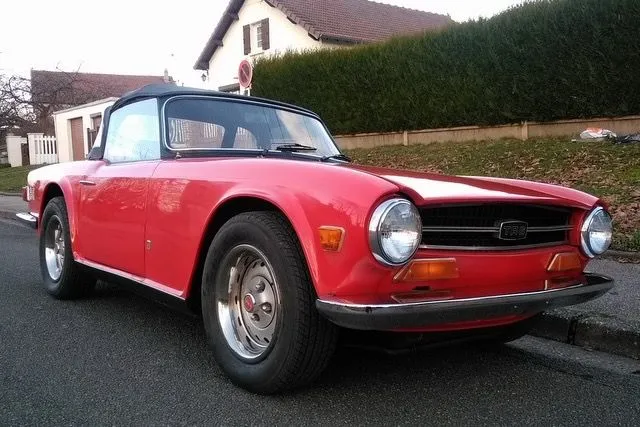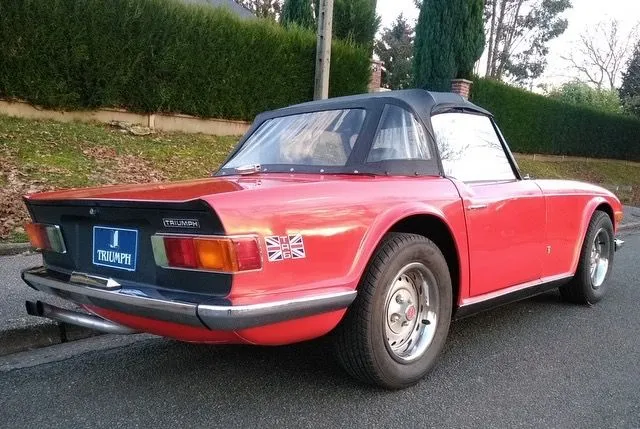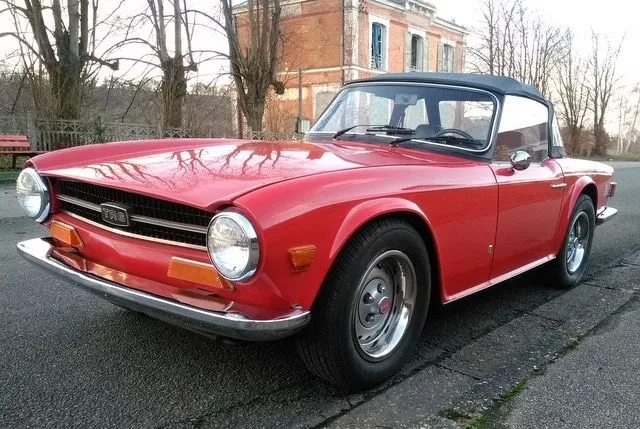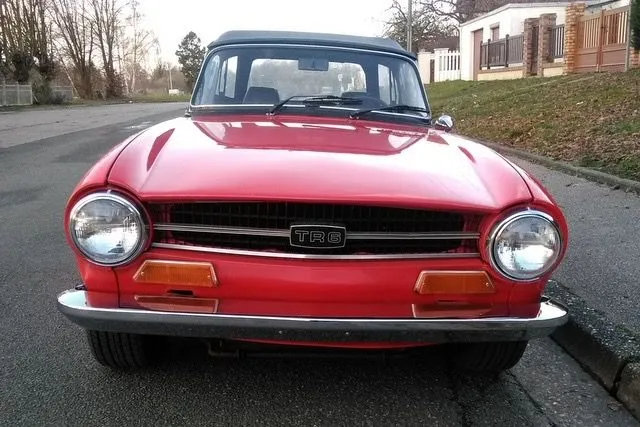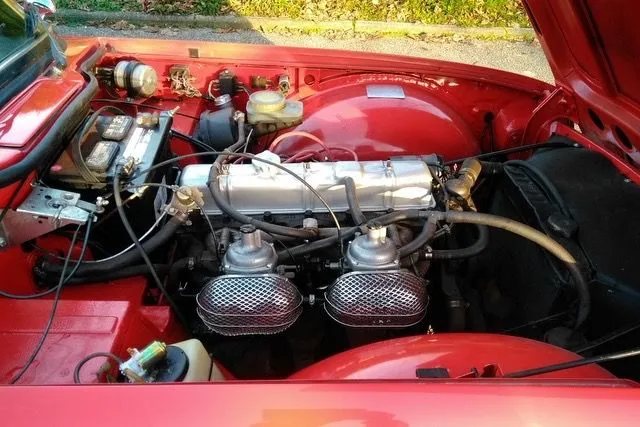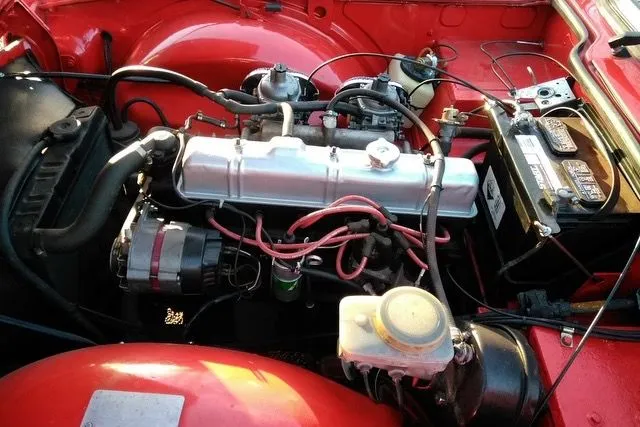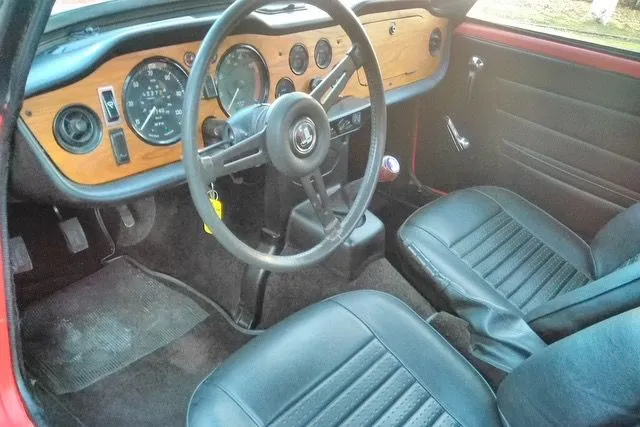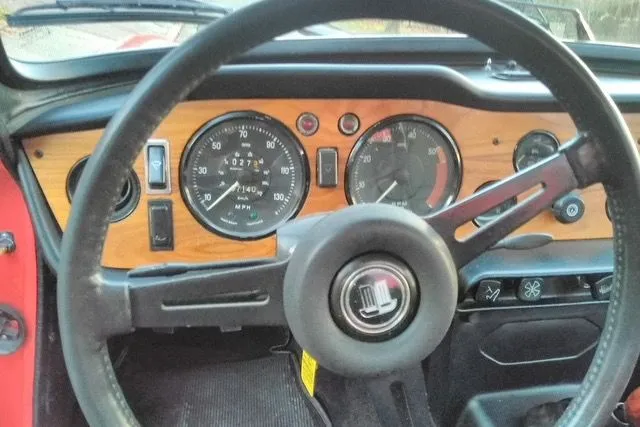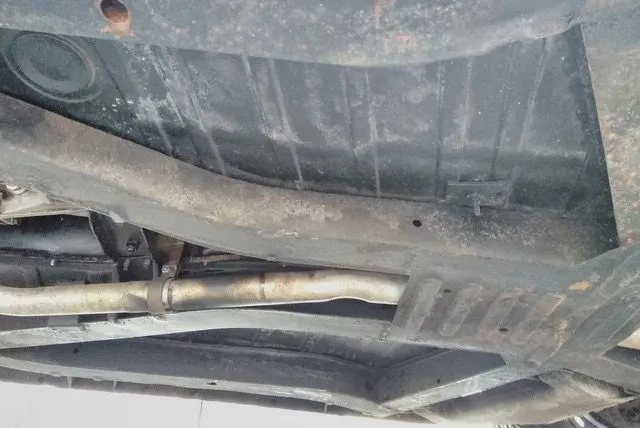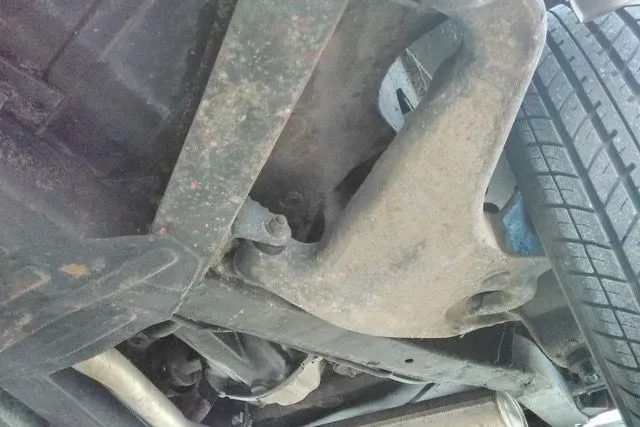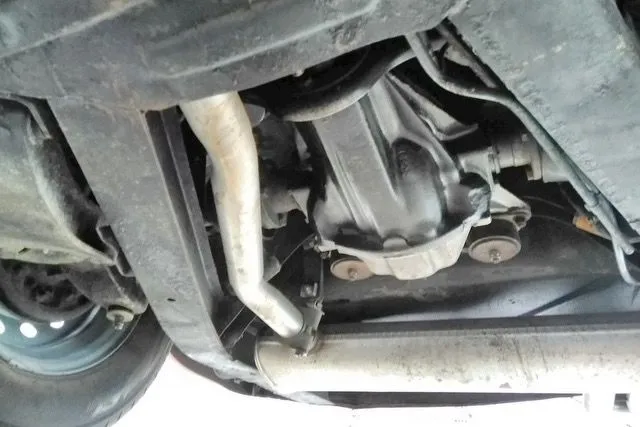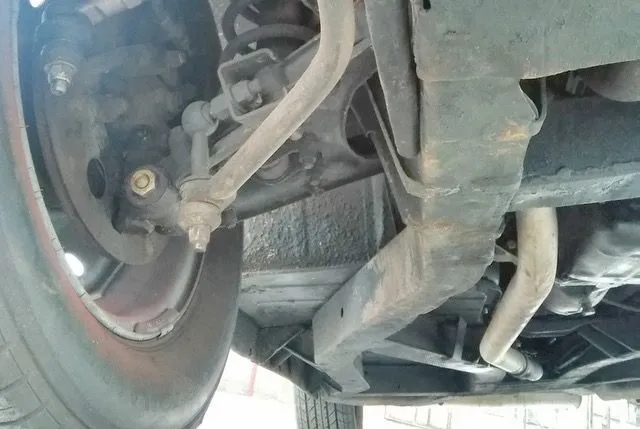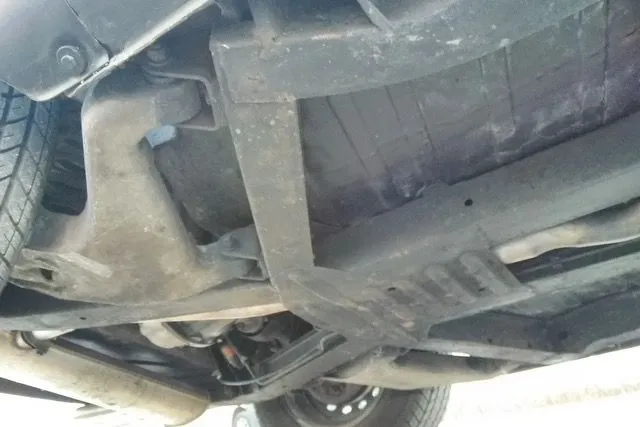When the TR6 was presented to the public for the first time in 1969 at the Brussels Motor Show, it was basically ready for the museum. An emergency birth, owed to the jolly bankrupt vulture, who had nestled for years in the British automaker Standard Triumph. In addition to the cost, there was also a lack of confidence in continuing to invest in open two-seater for a completely new development of the ravishingly beautiful brother TR5.
Since house designer Giovanni Michelotti was busy with other projects, Karmann in Osnabrück was commissioned to put a cheap successor on the wheels as quickly as possible. In just 14 months, muzzle, hood and tail were just knocked, further small retouching made the Roadster appear much more masculine than the playful TR5.
"Road & Track" noted. "A rare case of successful beauty correction". In essence, the TR6 remained what it was: a classic. Maybe it was just this mixture that made the Karmann child the most successful of all TR models. 91850 times the emergency solution was built and survived seven years of production without major changes. But we see it realistically. Technically drove the TR6 with its creaking chassis, its simple independent suspension, the mimosa electrics and the cumbersome Flatterverdeck from the beginning of the competitors behind. The were called 1969 Ford Capri, Porsche 914 or Datsun 240 Z.
The TR6 was always an underdeveloped compromise, miles away from perfection. But he has character. And charm. A British roadster of pure water. Edgy, simple, fast. Sauschnell. Incredible 195 km / h Triumph for the TR6 PI with 143 hp (later 123 hp). At a time when mostly crawling beetles cumbersome German highways, a value that clearly identified the TR6 as a real sports car. Today you get wet hands in the TR6 already at 120 things. Because straight on this guy ran only on the production tape in Coventry. For guys like the TR6, the roadster God once threw S-turns into the landscape. When the gray-blue asphalt band winds like a slow-worm, the rustic Briton is in his element. Then every tanned wind face grins from earlobe to earlobe.
The six-cylinder grumbles to a magnificent symphony, such a satisfied bubbling from the depth of the double exhaust. Only peasant natures force the Langhuber to high speeds and thus enormous piston speeds. Cloud 7 for the TR6 means sliding in untertour. That's what the robust row sixer likes the most. The unbridled power of the speed cellar is at least as legendary as the susceptibility of Lucas gasoline injection. If it gets too hot for her, she jocks: The power drops, the engine reacts with dropouts, warm start attempts then end with the visit of a yellow angel. The exchange for a copy of Bosch incidentally works wonders. ...
Or take the carburetor version right away. Which is the most widespread anyway. Only about 15 percent of all TR6 were injectors, the rest - mainly US export models - received its supersaft of Stromberg double carburetors. With 95 to 106 HP these were clearly weaker on the chest, but by no means underpowered. And also more reliable. Like the TR6 at all. The almost four-meter-long two-seater only becomes a moody diva when its previous owners have worked with no results on the electrical system. Then the worm is in it and can often drive out only by replacing the entire wiring harness again. Otherwise, the gnarled Briton is one of the most practical in his guild. And to those who can afford people who, instead of millions, have only inherited the love of classic cars. Well preserved specimens are available from 12,000 euros, the offer is quite abundant, the parts supply is well. Looks like the future of the last of its kind is wide open.
